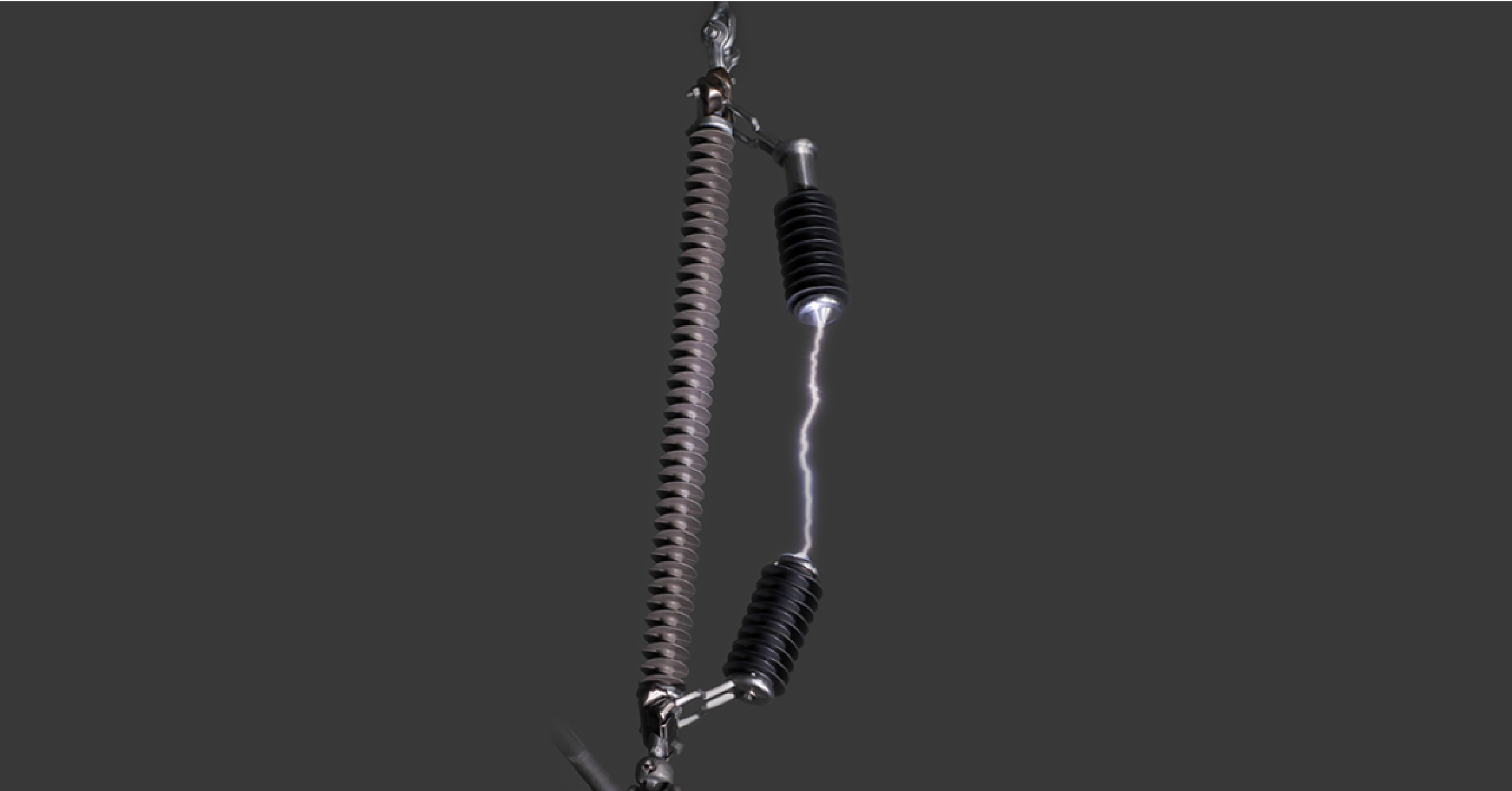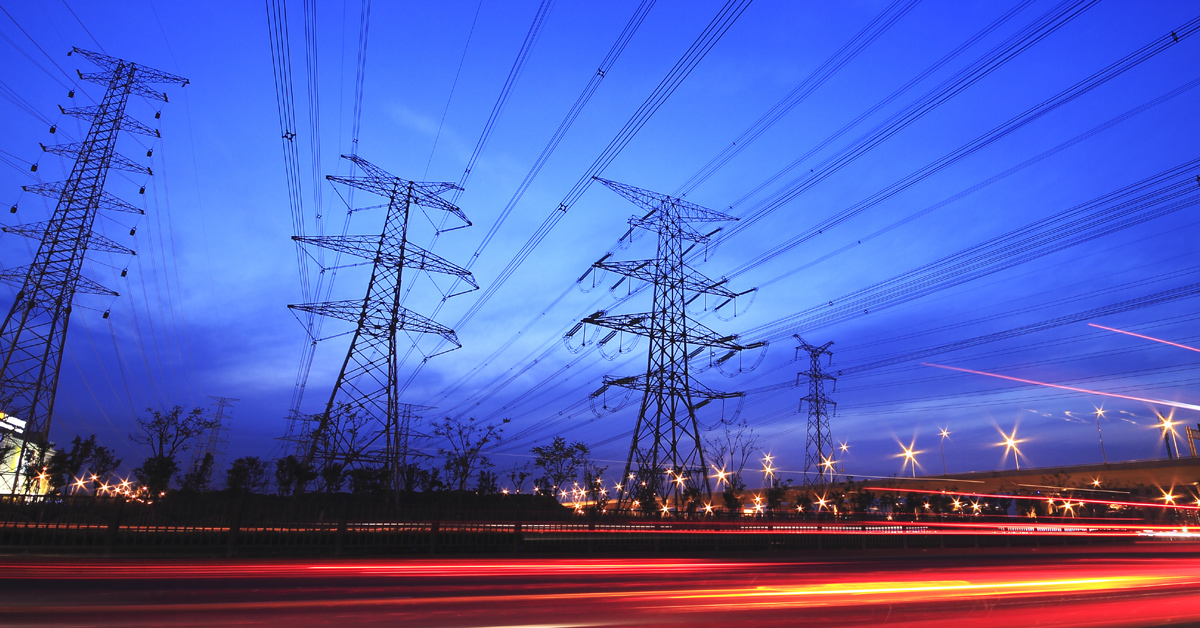Billions of dollars are lost each year due to poor power quality caused by voltage fluctuations, power surges and spikes. The impact to certain sectors, such as manufacturing can attribute to millions of dollars lost per hour of downtime. Investments made to improve line field performance can far outweigh the staggering costs related to downtime. Line surge arresters (LSA) can eliminate these disturbances. Our recent webinar focused on Hubbell’s latest arrester innovation, the Externally Gapped Line Arrester (EGLA). Let’s do a recap on what we learned.
Developing the Externally Gapped Line Arrester
Traditionally non-gapped line arresters (NGLA) have been used in the US to combat the damaging effects of lightning. Hubbell introduced the Protecta*Lite® family of line surge arresters in 1988. A new concept, the Externally Gapped Lined Arrester (EGLA) configuration was the preferred design in Asia with usage covering over 20 years. Considering the pros and cons for both designs, Hubbell set forth in developing an EGLA to complement our longstanding NGLA design.

An EGLA consists of a series varistor unit (SVU) and a series gap. Contrary to the traditional NGLA a disconnector is not used in the design. Instead, the series gap provides the necessary line-to-ground separation while the metal-oxide varistor (MOV) elements work to limit and interrupt the flow of current. In theory when a high voltage lightning surge strikes the line, the series gap will flash over at a predetermined voltage. The MOV elements conduct the surge current to ground then limit the follow current and extinguish the external power arc. Protection offered by the EGLA ensures a substation breaker operation is not required.
Because the EGLA design is not directly connected from line-to-ground, the energy handling capability of the design is limited to its charge transfer rating (the SVU is isolated from system voltage so thermal recovery of the arrester is not a concern). This can be advantageous by reducing the size and weight of arresters, while additionally eliminating temporary overvoltage arrester failures. Furthermore, the lead and disconnector are not required, which can eliminate concerns about hardware fatigue.
Line Surge Arrester Standards & Applications
Like a NGLA, the EGLA can be supplied for new or retrofit applications. Hubbell can additionally kit the EGLA assembly with other products, such as insulators and connectors. Due to the wide range of installations the EGLA product is engineered to order. The design process will consider your unique system parameters and ensure a suitable solution is provided.
As we look towards the future Hubbell intends to extend the EGLA product offering to cover higher system voltages (345kV and above). We envision a broader adoption of this technology in North America and beyond. Further work is additionally required via international standard bodies. Hubbell is proud to participate in the development of the first dual logo (IEEE and IEC) arrester standard. The new standard will focus specifically on LSA applications, covering both NGLA and EGLA products.
Be sure to take our online training course on “Enhance System Resiliency with Externally Gapped Line Arresters” to learn more. Additionally, if you need arrester support, please contact your local Hubbell representative.




